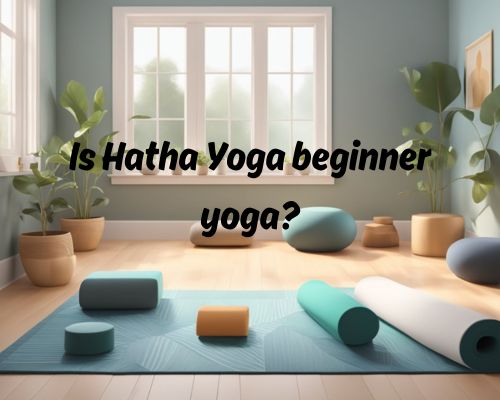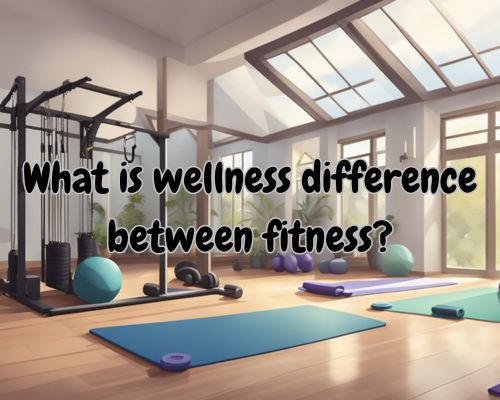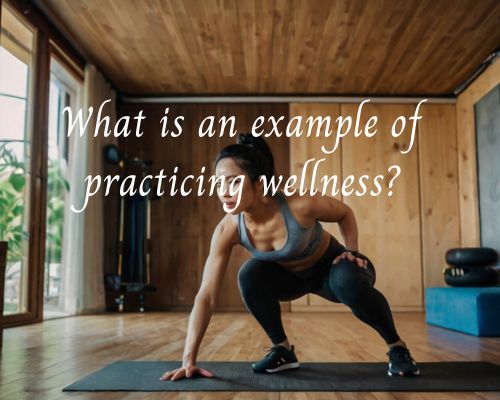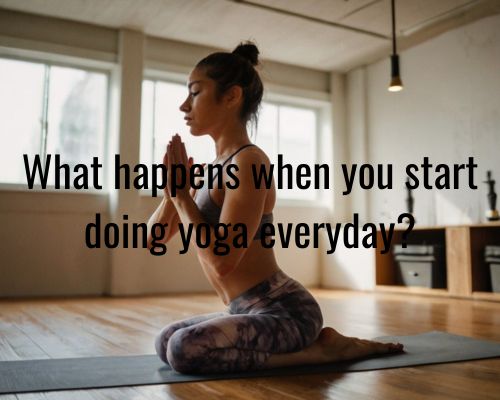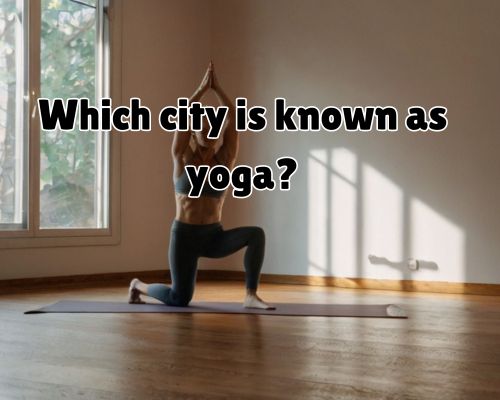Is Hatha Yoga Beginner Yoga? Understanding Its Suitability for Newcomers
Hatha yoga serves as an excellent entry point for those new to the practice of yoga.
Known for its gentle and slow-paced sequences, it emphasizes static postures that are well-suited for beginners seeking to develop their flexibility, strength, and balance.
Hatha yoga introduces foundational poses and concepts that are essential for a rewarding yoga journey.

Participants in Hatha yoga classes experience not only physical benefits but also enhancements in overall well-being through mindfulness and breathing exercises.
The core of Hatha yoga involves balancing the mind and body, providing an accessible pathway for newcomers to explore the broader dimensions of yoga practice.
Whether one is striving to improve physical health or mental well-being, Hatha yoga offers manageable step-by-step guidance.
As individuals engage with Hatha yoga, see https://bikramyogamornington.com.au/, they embark on a holistic journey towards self-awareness and personal growth, often finding that the practice becomes a vital part of their lifestyle.
Core Elements of Hatha Yoga
Hatha Yoga serves as a comprehensive practice that encompasses physical, mental, and spiritual elements.
It focuses on postures, breathing techniques, and meditation, aiming to achieve balance and coordination for overall wellness.
Understanding the Fundamentals
Hatha Yoga is rooted in the development of strength, flexibility, and balance through structured postures known as asanas.
These asanas are the cornerstone of the practice, offering a path to physical wellness and mental clarity.
Elementary poses such as Tadasana (Mountain Pose) and Sukhasana (Easy Pose) are often introduced to develop a foundational stance.
Body alignment and mindfulness are emphasised, allowing practitioners to become more aware of their physical and mental states.
Building a strong base with these fundamental positions supports more advanced practices and keeps beginners engaged and motivated.
Role of Breath in Practice
Breath control, or pranayama, is vital in Hatha Yoga.
It involves conscious breathing to enhance relaxation and mindfulness. Techniques like deep abdominal breathing help link the mind and body, aiming to elevate consciousness and promote relaxation.
By focusing on breath, practitioners can manage stress and increase their ability to concentrate.
This connection between movement and breath fosters mental clarity and emotional stability.
The systematic approach to breath in Hatha Yoga makes it a practical tool for accessing a meditative state. Regular practice of pranayama empowers individuals to maintain inner calm and resilience. See https://bikramyogamornington.com.au/ if you are looking for a practitioner.
Typical Asanas for Beginners
Beginner poses in Hatha Yoga are selected to build a solid foundation while advancing flexibility and strength.
Common starter asanas include Tadasana for balance, Tree Pose for coordination, and Balasana (Child’s Pose) for relaxation and stretching.
These postures are accessible and can be tailored to individual needs.
Each pose encourages mindfulness and the proper use of bandhas (energy locks) to improve body awareness.
Emphasising proper form and gentle endurance, these poses are designed to prepare novices for deeper exploration of yoga’s broader spectrum.
Progressing in Your Yoga Journey
As practitioners delve deeper into their yoga journey, they can enhance their practice by honing physical postures, incorporating yoga into daily wellness routines, and exploring related disciplines for a richer experience.
Deepening Physical Postures
Refining asana is crucial in advancing one’s practice.
Engaging in poses like vrikshasana (tree pose), adho mukha svanasana (downward-facing dog), and triangle pose requires focus and alignment.
Practitioners should aim to hold poses longer, enhancing strength and endurance.
Connecting with the mind and body through controlled breathwork strengthens resilience and stability.
Using bandhas or internal locks in poses like cobra pose aids in energy flow.
Joining workshops or attending guided sessions can offer insights into alignment and technique, promoting a nuanced understanding of each posture.
Incorporating Yoga into Daily Wellness
Integrating yoga into everyday activities fosters continuous growth.
Establishing a consistent routine, whether through a short asana sequence or meditation, enhances both physical and mental well-being.
Simple exercises, such as mindful breathing or incorporating mudras (hand gestures), infuse moments of sukha (ease) and mindfulness into daily life.
Practitioners can blend yoga with other wellness practices like walking or gentle stretching to maintain a balanced lifestyle.
Guidance from yoga teacher training programs offers structured support and knowledge for building sustainable habits.
Exploring Further Yoga Disciplines
Diverse disciplines such as vinyasa yoga expand a practitioner’s repertoire beyond foundational hatha yoga.
By exploring dynamic flows and transitioning smoothly between poses, individuals develop greater flexibility and coordination.
Engaging with different styles broadens understanding and appreciation for yoga’s richness.
Workshops and retreats provide opportunities to immerse in various disciplines, fostering personal growth.
Meeting and learning from experienced teachers encourages an evolving practice, inspiring practitioners to deepen their exploration and commitment to the yoga journey.
Integrating these new practices can elevate their connection to both mind and body.
